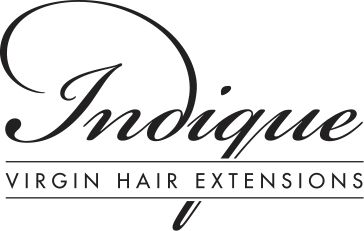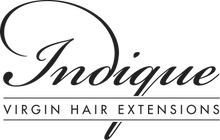The hair industry before 1989 was a niche market, primarily catering to the American and European wig markets. This industry was significant for cancer survivors, women with alopecia, and orthodox Jewish women. Hair sourcing was a unique process, involving Western Europe nunneries and convents and local collectors in rural areas, as well as Eastern Europe and the Soviet Union. Post the Soviet Union's collapse and Europe's modernization, hair scarcity pushed manufacturers to seek new sources.
WE KNOW HAIR
The Evolution Of The Hair Industry And Indique's Pioneering Role
Indique, since its inception in 2007, has been a driving force in the hair retail industry. It's not just about selling hair products; it's about shaping the industry's history and setting standards for quality and innovation.
The Hair Retail Industry Before 1989: A Modest Beginning
The Late 1980s And Early 1990s: A Shift In Manufacturing
During this period, manufacturing of Remy hair extensions and wigs began moving from Western Europe and the U.S. to South Korea. This shift was accompanied by the growth of the Korean diaspora in the U.S. and the South Asian diaspora in Western Europe, both significantly influencing the Remy hair industry.
1990 To 2000: India's Rise As A Global Hair Powerhouse
Post-1990, Western demand for Remy hair (virgin hair) and recycled human hair surged, propelling India to become the largest producer and exporter. Initially, manufacturers did not distinguish between Remy and recycled hair, but by the late 1990s, a shift occurred with companies starting to use unprocessed Remy Indian hair sourced from Indian temples. This marked the beginning of a significant evolution in the industry, recognizing the higher quality of Remy virgin hair in its natural state.
Indique's Innovative Retail Approach
"Indique’s retail locations provided virgin Remy hair extensions and offered an educational experience for clients for the first time in the history of the industry." This educational approach was a game-changer, allowing customers to understand and appreciate the quality of virgin Remy hair extensions.
2001 To 2011: Increasing Demand And Consumer Awareness
During this period, the distinction between Remy virgin hair and recycled processed hair became more apparent to consumers. The increasing demand for virgin hair extensions and limited supply from Indian temples led to a price increase. However, the lack of industry regulations caused confusion, as recycled processed hair was also being marketed as Remy hair extensions at lower prices.
The Internet Era And The Rise Of Online Retail
By 2005, Remy natural hair began being sold through a new retail channel - the internet. This introduced a significant shift, offering consumers an alternative to traditional beauty supply stores. In 2007, Indique pioneered the use of the term “virgin hair” for its Remy hair extensions, setting it apart from recycled processed hair.
The Brazilian Influence And Global Expansion
Another notable development was the export of virgin Indian Remy hair to Brazil and other South American countries. Brazil emerged as a major importer of Remy human hair from India, with Europe following. This period also marked the advent of Brazilian hair extensions in the global market.
2011 To 2016: Challenges And Adaptations In The Industry
The Remy hair extensions industry faced a major challenge in 2011 when Indian temples halted hair sales for 18 months. This led to innovative but deceptive practices of selling recycled hair as Remy hair extensions. Despite the industry's struggles with quality and pricing, Indique remained committed to selling only authentic Remy virgin hair.
Conclusion: Indique's Unwavering Commitment to Quality and Education
Indique stands out in the competitive hair industry for its commitment to authentic Remy virgin hair and its dedication to educating customers. This approach not only ensures customer satisfaction but also maintains the integrity and reputation of the brand in an industry rife with misinformation and low-quality products.


